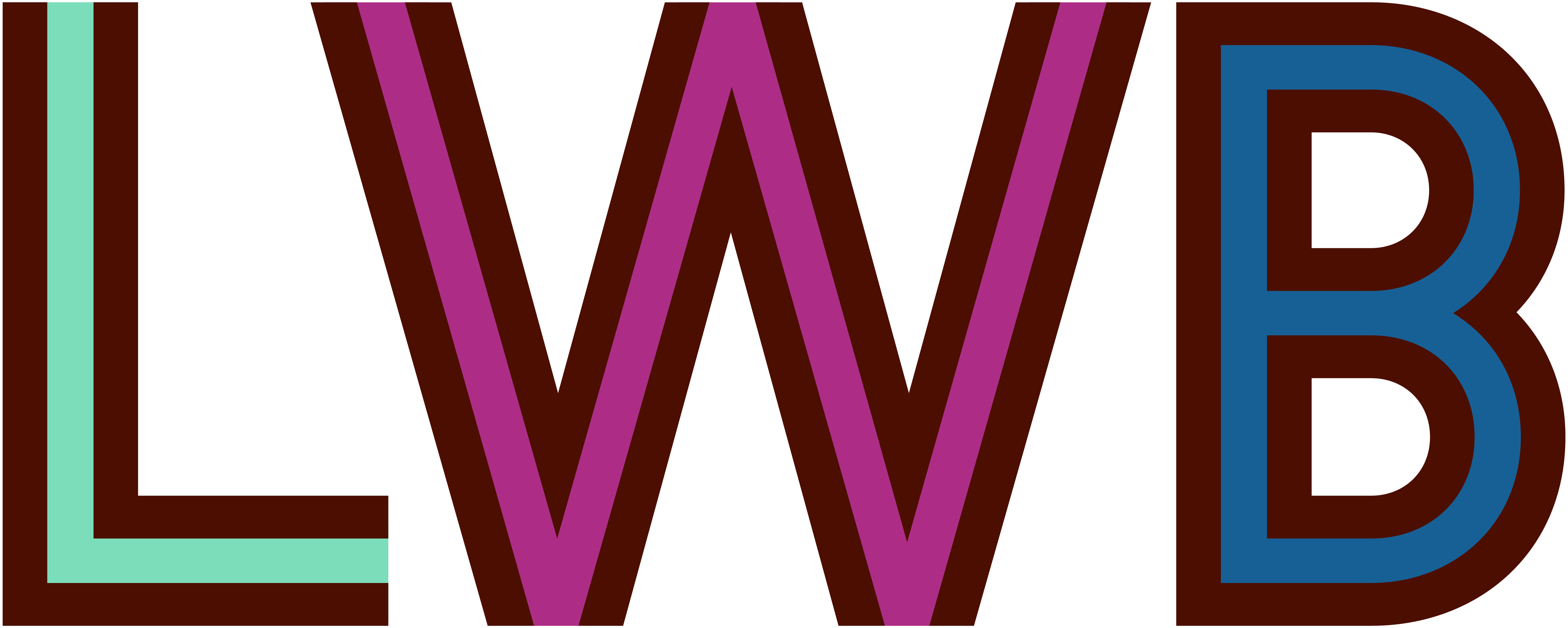Human trafficking, as you can well imagine, is an incredibly complex topic that sadly includes children from countries all over the world.
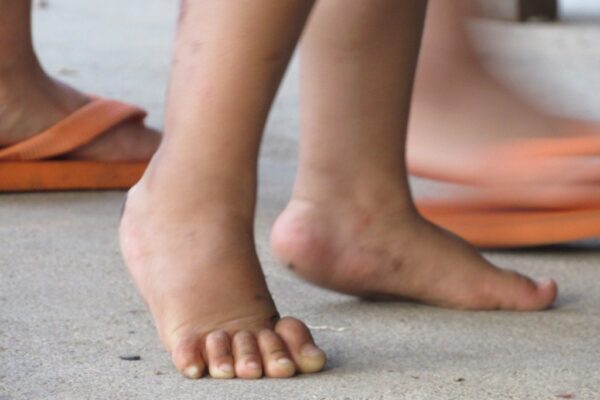
It’s hard to find a single definition of child trafficking, but UNICEF describes it in this way:
Child victims of trafficking are recruited, transported, transferred, harbored, or received for the purpose of exploitation. They may be forced to work in sweatshops, on construction sites, in houses as domestic servants, on streets as child beggars, in wars as child soldiers, on farms, or in restaurants or hotels. Some are forced to work in brothels and strip clubs and for escort and massage services. (Child Trafficking | UNICEF USA)
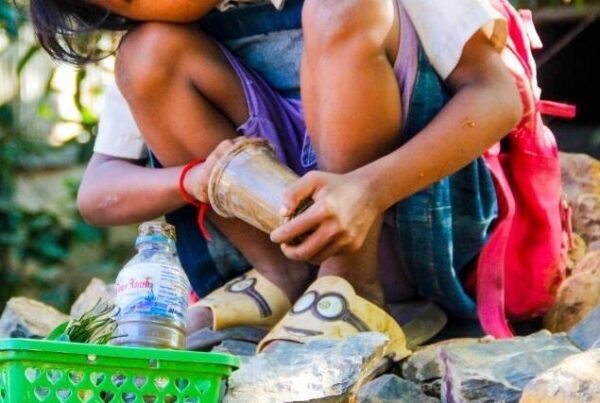
On the issue of human and child trafficking, countries around the world are given a “tier level” on their efforts to combat the trafficking of adults and children. The scores range from Tier 1 (fully compliant with the minimum anti-trafficking standards) to Tier 3 (those that don’t demonstrate significant efforts to come into compliance.) (A Look Inside the 2021 Trafficking in Persons Report – Anti-Trafficking International)
Unfortunately, in 2022, Cambodia was moved from the Tier 2 watch list to Tier 3 — the lowest level. Here is the summary from the US State Department Trafficking in Persons report:
The Government of Cambodia does not fully meet the minimum standards for the elimination of trafficking and is not making significant efforts to do so, even considering the impact of the COVID-19 pandemic on its anti-trafficking capacity; therefore Cambodia was downgraded to Tier 3. Despite the lack of significant efforts, the government took some steps to address trafficking, including continuing to arrest, prosecute, and convict traffickers, proactively screening for and identifying victims, and assisting in the repatriation of Cambodian trafficking victims and those vulnerable to trafficking abroad.
However, endemic corruption continued to impede overall law enforcement operations, holding traffickers accountable, and victim service provision. Authorities did not investigate or hold criminally accountable any officials involved in the large majority of credible reports of complicity, in particular with unscrupulous business owners who subjected thousands of men, women, and children throughout the country to human trafficking in entertainment establishments, brick kilns, and online scam operations. Therefore, officials also failed to proactively identify trafficking victims among these highly vulnerable populations. The government did not provide adequate protection services for victims domestically or overseas and relied heavily on foreign donors and NGOs to provide much-needed care. (Cambodia – United States Department of State.)
Examples of Child Trafficking
When our CEO, Amy Eldridge, first suggested that LWB become involved in the field of anti-trafficking, she admits that she fell into the same tunnel vision idea that many do when they first hear the term. Amy tells us:
My thoughts immediately went to the child sex trade, as clearly that form of child trafficking is more graphic and makes for widely-covered media reports. The reality, however, is that through our work around the world, I’ve learned that child trafficking is so much more broad. The ways that adults abuse and exploit vulnerable children through force, abduction, threat, and physical punishment is honestly horrifying.
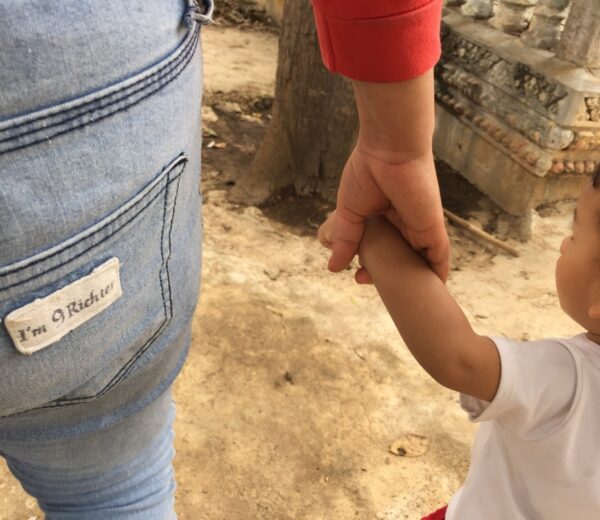
At a summit in Palermo, Italy two decades ago, the United Nations drafted the Protocol to Prevent, Suppress and Punish Trafficking in Persons Especially Women and Children. In that document, they defined human trafficking in this way:
Exploitation shall include, at a minimum, sexual exploitation, forced labor or services, slavery or practices similar to slavery, servitude, or the removal of organs.
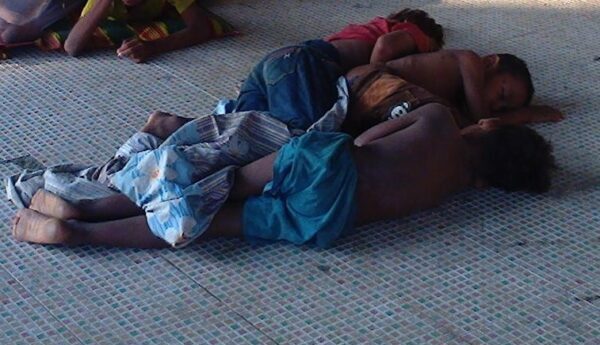
Tragically, in our work we have seen children who have faced each type of the exploitation above. Once again, our CEO Amy Eldridge explains:
In providing humanitarian aid to developing countries around the world, I have met far too many children who have fallen prey to child traffickers.
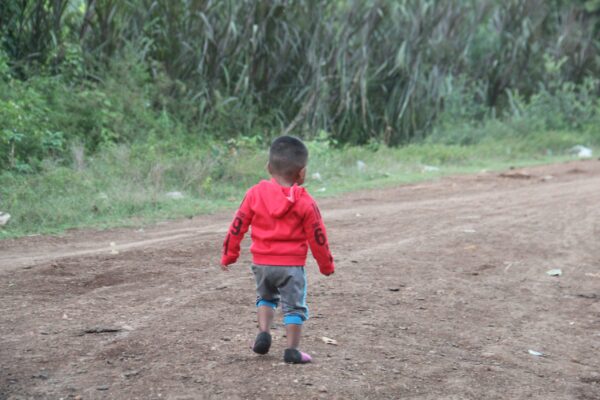
It is important to remember that human trafficking is among the top three most profitable illicit businesses, along with the illegal arms trade and drug trade.
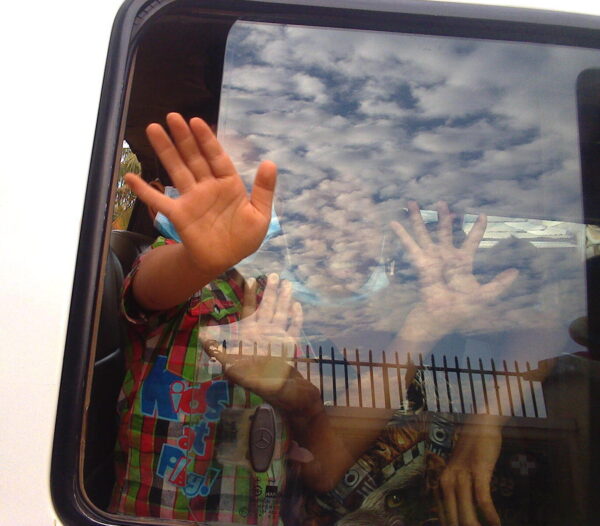
Sadly, there is immense money to be made by exploiting children, whether that is within a brothel posing as a simple karaoke bar, forcing children (many with disabilities) to beg on the streets, or selling babies to unscrupulous orphanages who then raise funds from unknowing donors. The one common denominator is that children aren’t seen for the beautiful little souls they are, but instead as a commodity to be bought, sold, or bartered.
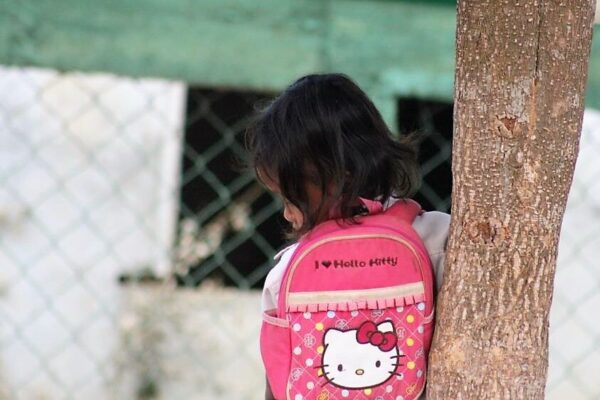
LWB has worked in Cambodia since 2016, and this country remains a prime source for child trafficking. In some cases, traffickers travel to rural areas for the sole purpose of finding children to exploit. In other cases, local labor brokers visit rural villages to recruit for businesses that are often illegitimate, promising high-paying construction or factory jobs when in reality children are being recruited for hard labor in brick kilns or for prostitution rings.
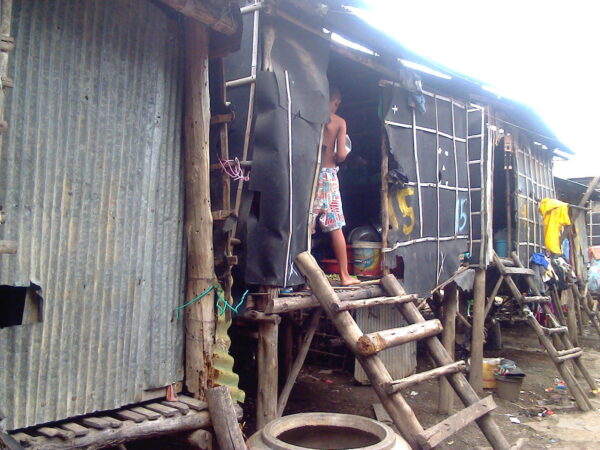
When we talk about sex trafficking in Southeast Asia, we need to remember that it typically occurs in very informal, underground ways, which are often driven by the internet. Because Southeast Asia has so much poverty, it’s common for traffickers to prey on the youth in impoverished villages by promising payment to families if they will allow their young daughters to work in a distant city.
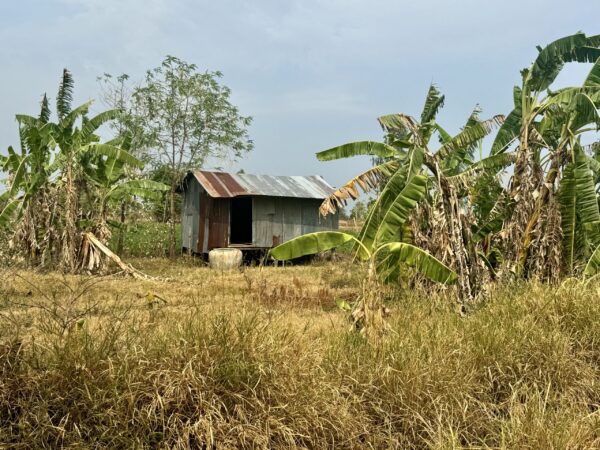
Many are taken across the border and then live through things no child should ever experience. Those who are fortunate enough to be rescued are returned to the Cambodian border by police, where many then face a very uncertain future in often crowded shelters.
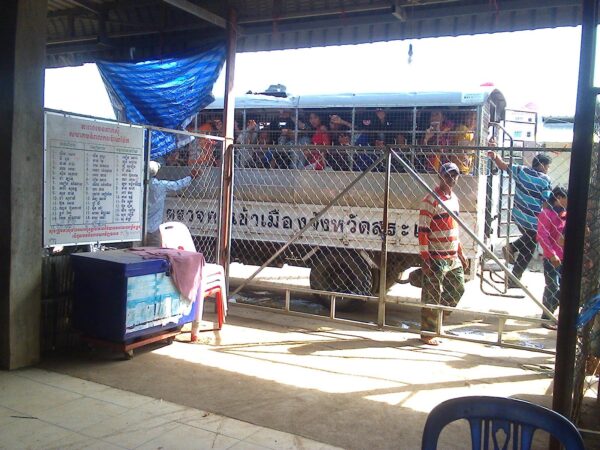
Combatting Child Trafficking Through Foster Care
Love Without Boundaries works along the border region of Cambodia to help these wounded children have a safe place to heal.

Our Safe Haven foster care program places children traumatized from trafficking and abuse into well-monitored home environments where we can then address both their physical and emotional needs. We are the only organization in the country helping children who have been trafficked heal in a family-based setting.
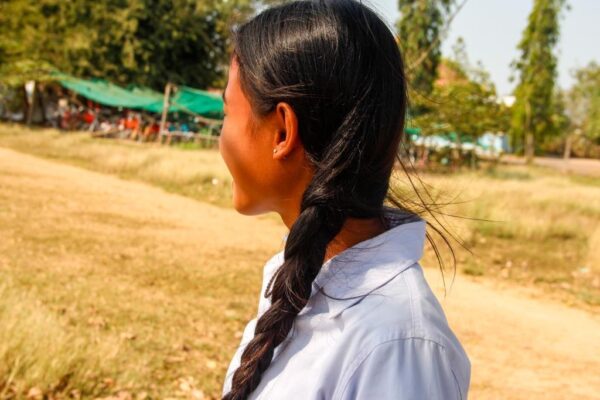
Amy just returned from Cambodia in March, where she spent two weeks visiting the children in this important foster care program. She shares,
It is a sobering thing to sit with a group of young girls, coloring pictures of rainbows and flowers, while knowing the violent trauma they’ve endured. As I wrote in “The Heart of Community,” I am continually humbled to the core by the resiliency shown by these children, when they are finally freed and given a loving foster family who understands that recovery takes time.
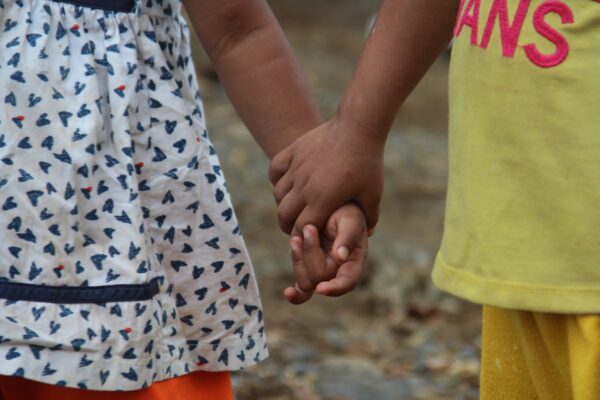
I believe 90% of the healing process for the children in this special program is just getting them to truly feel safe. Making sure they have food, clothing, access to school…these are things that help build security.
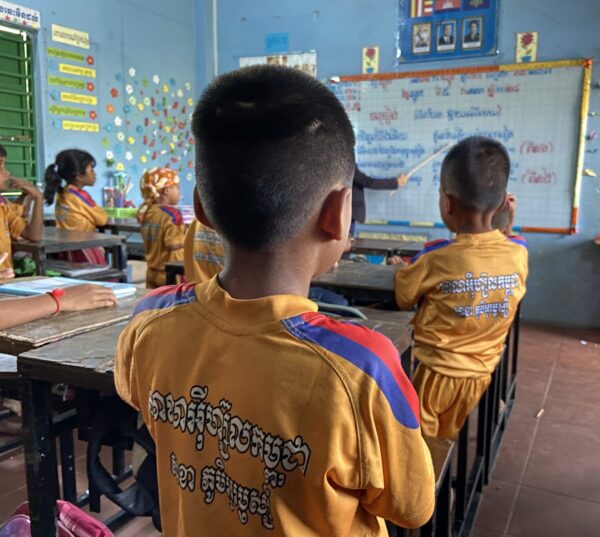
A feeling of safety is the most important thing we can provide, especially when given by foster parents who care. As a team, we continually share the message, “You are strong… You can get through this… We believe in you.” We want them to know as they grow that they are survivors, but for every one of them I also pray they move beyond just surviving to actually embracing life.
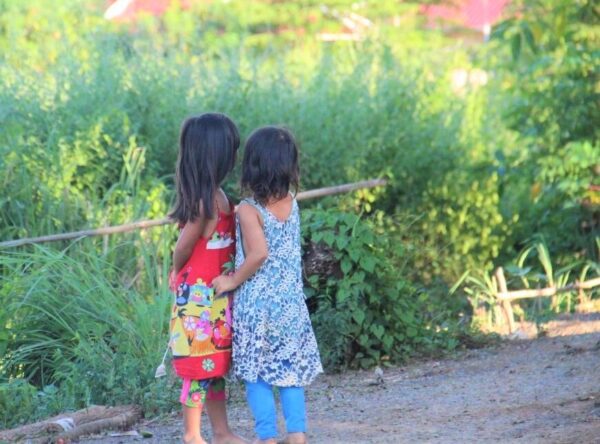
Thankfully, the children that I visited in our Safe Haven Foster Care program are truly thriving. Several are close to graduating from high school, and LWB will be there for them all the way through college. The younger children I spent time with are bonded strongly to their foster parents, and many are finding additional healing through the gift of a beloved puppy or kitten.
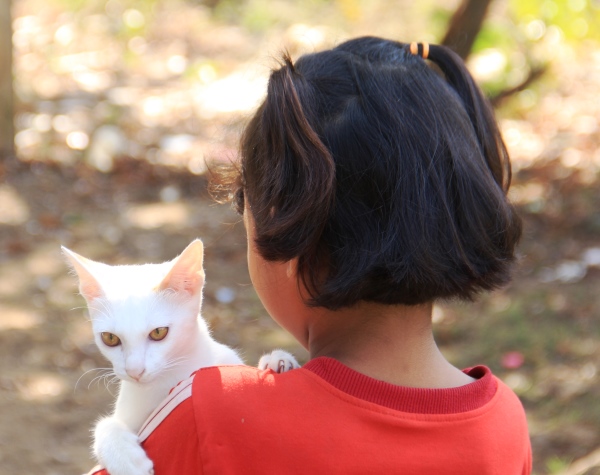
While of course my heart grieves knowing what each child has suffered, the overall feeling from both the children and their foster parents was honest, authentic HOPE. So many children depend on us now in this essential program that Safe Haven Foster Care simply has to continue. I’m incredibly grateful to everyone who stands with us to provide comfort and healing to the children in our care.
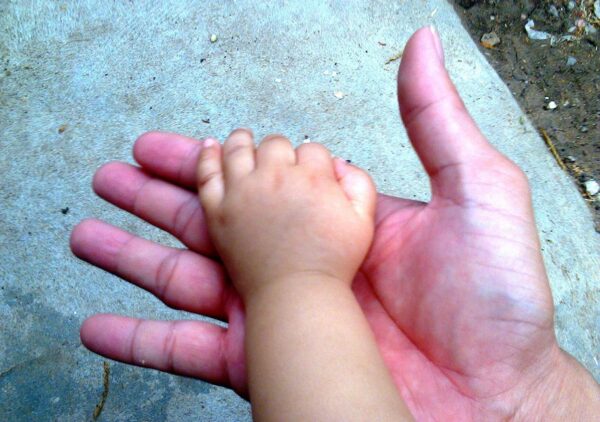
You can be part of this important, life-changing work in Cambodia by supporting our Safe Haven Foster Care program. Whether through an ongoing child sponsorship of $40 per month or a one-time gift, your generosity provides more than just aid — it restores hope and builds futures.
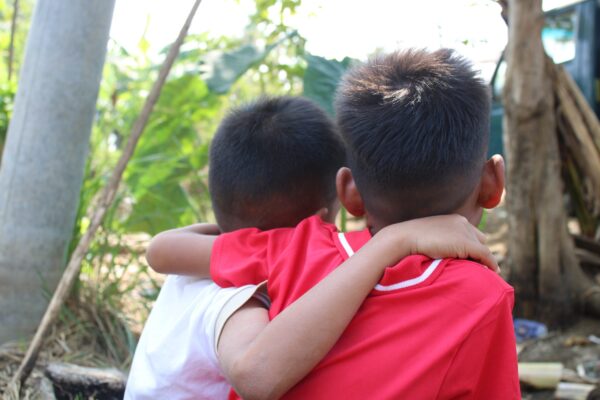
Please give today to ensure a brighter tomorrow for children who come from some of the hardest places. Together, we can create a Safe Haven for vulnerable children.
Search
Categories
- Adoption
- Cambodia Programs
- China Programs
- Education
- Foster & Family Care
- Guatemala Programs
- Medical Care
- Nutrition
- Special Projects
Tags
20 Years of Hope adoption Amrita Hospital Beijing Believe In Me Believe In Me School Cambodia cardiac surgery charity children's charity China China Healing Home cleft cleft lip cleft mission cleft palate cleft surgery College scholarship COVID domestic adoption Early Childhood Development Center Education Foster Care Guatemala healing home Heartbridge heart defect heart surgery Hope Foster Home India international adoption landfill Love Without Boundaries malnutrition Nutrition orphan orphanage poverty Rangsei sponsor a child Story of Hope Uganda Uganda Heart Institute Unity Initiative VSD
